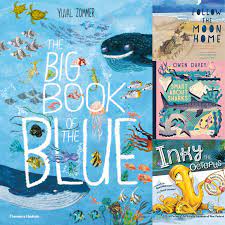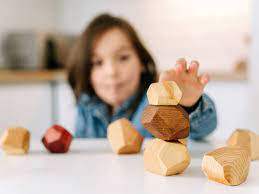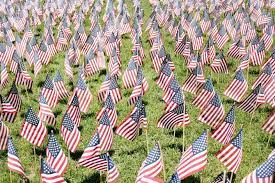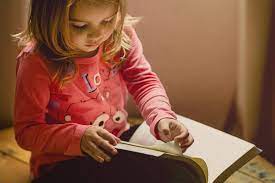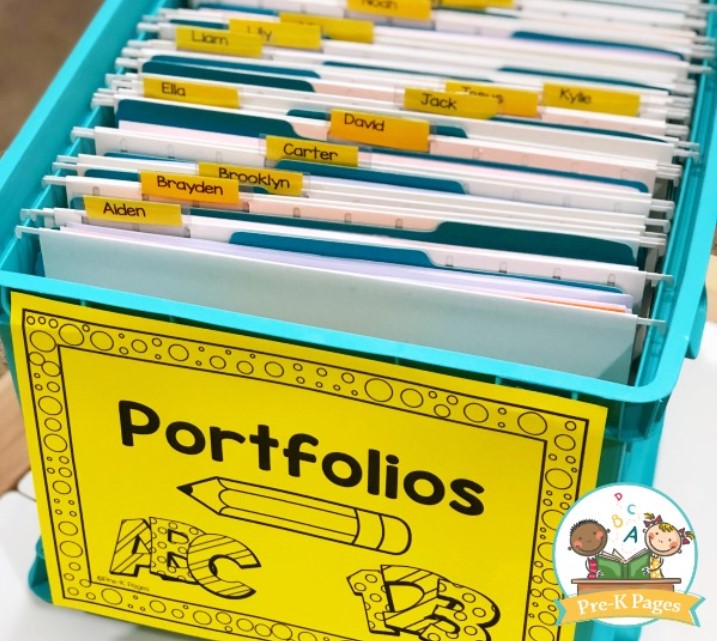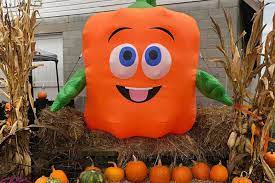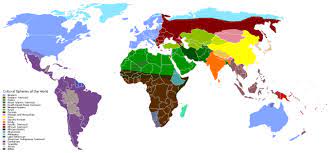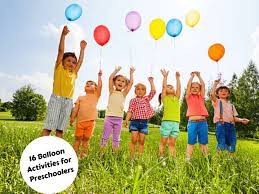Dive into the deep blue sea and explore the underwater world with these 30 amazing ocean books for kids! As waves of curiosity swell in young minds, these books offer a perfect way to learn about the vastness and the mysteries of the ocean. From stories narrated by quirky sea creatures to descriptions of incredible aquatic ecosystems, these books will take young readers on a fantastic journey, while teaching them valuable lessons about marine life.
1. “The Rainbow Fish” by Marcus Pfister
2. “Hey, Water!” by Antoinette Portis
3. “Life in an Ocean” by Carol Lindeen
4. “Over in the Ocean: In a Coral Reef” by Marianne Berkes
5. “Way Down Deep in the Deep Blue Sea” by Jan Peck
6. “Ocean Animals: Who’s Who in the Deep Blue” by Johnna Rizzo
7. “Shark Lady: The True Story of How Eugenie Clark Became the Ocean’s Most Fearless Scientist” by Jess Keating
8. “Songs of the Humpback Whale” by Aliki
9. “Mister Seahorse” by Eric Carle
10. “Swimming with Sharks: The Daring Discoveries of Eugenie Clark” by Heather Lang
11. “Are You a Snail?” by Judy Allen
12. “The Seashore Book” by Charlotte Zolotow
13. “The Snail and the Whale” by Julia Donaldson
14. “I’m the Biggest Thing in the Ocean!” by Kevin Sherry
15. “Ocean: A Visual Encyclopedia” by John Woodward
16. “Baby Beluga” by Raffi
17. “Baby Loves Oceans!” by Ruth Spiro
18. “Who’s Hiding in This World?” by Pastel Flamingo Children’s Press
19. “National Geographic Kids First Big Book of the Ocean” by Catherine D. Hughes
20. “A House for Hermit Crab” by Eric Carle
21. “Hello, World! Ocean Life” by Jill McDonald
22. “Around the World in 80 Sea Creatures” by Becky Davies
23. “In One Tidepool: Crabs, Snails and Salty Tails” by Anthony D. Fredericks
24. “What’s It Like to Be a Fish?” by Wendy Pfeffer
25. “Oceans Of The World In Color: Marine Life and Oceanography for Children” by Speedy Publishing LLC
26. “Orca Rising: The Rainbow Sea” by Chris Haddon
27. “Seas and Oceans: A Fascinating Book Containing Seas & Ocean Facts, Trivia, Images & Memory Recall Quiz” by Matthew Harper
28. “Whales, Dolphins and Porpoises” by Annalisa Berta
29. “DK Eyewitness Books: Ocean” by Sirius López Ruz
30. “Good Night, Little Turtle” by David Cunliffe
These ocean-themed books for kids provide a mix of engaging stories, beautiful illustrations, and educational information that will delight and inspire young readers everywhere. Grab one or all of these titles to spark your child’s interest in the marvelous world beneath the waves – who knows what new passions may surface?
